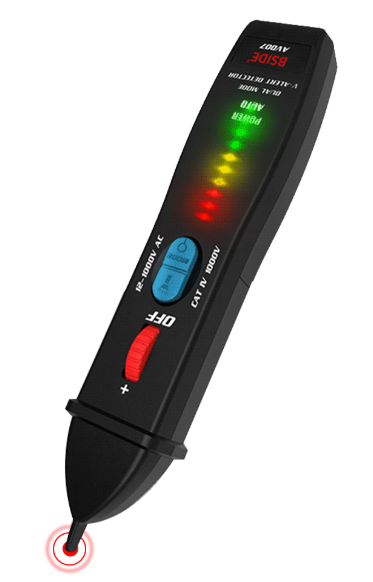Hi, i need to relocate my Multiplus II with 2x US2000. How long should i wait after Powering OFF and unplugging the battery, until its safe to remove the cable from the Multiplus....so there is no more Voltage on the pins?
Kind Regards
Norbert
This site is now in read-only archive mode. Please move all discussion, and create a new account at the new Victron Community site.
Hi, i need to relocate my Multiplus II with 2x US2000. How long should i wait after Powering OFF and unplugging the battery, until its safe to remove the cable from the Multiplus....so there is no more Voltage on the pins?
Kind Regards
Norbert
Do you have a Battery isolation switch? Also are your input and output wired directly to the unit, or using plugs?
Shouldn't have to wait too long, the Cap storage on the AC side is relatively low in the units and used prodominately for smoothing since the Multis rely on the FETs for holding voltage during the switching cycles.
One way to ensure no voltage at the terminals is invest in a Live test Voltage tester

On the proviso you are not needing to dig right into the unit to go near the Caps - and only near the L/N/E connectors - test there first whilst On so you can see what is expected if there is any power, and then when off. Also after disconnecting the Battery - just connect a small load - such as a wall wart adaptor to your output any residual energy should dissipate from that side of the circuit.
The On/Off switch relies on input power to the electronics, so likely turning it on with No Power source will not cause the Caps to dissipate to the Load, also it is Not suggested to Remove the Inverter from the batteries with the Inverter On or in Charge only mode, it could damage the unit and cause other issues.
If you are talking about the DC side, assuming you do not have Extra Caps to decrease High DC Ripple - you would be able to check simply by using a Multi-meter on the Inverter DC terminals after removing from the Batteries.
Best guess on why you are asking is that you have a limited time to be bable to be off-air? If time is not too much of a problem, just for piece of mind leave it for 5 minutes or more.
OK -Thanks. I was talking about the DC side. I did not invest in any DC switch. So i would power OFF the inverter, Power OFF the batteries and simply remove the two cables from the US2000......and wait for an hour and check with a V-Meter if voltage at DC side is gone....
Was asking to know upfront if there is anything to know/be aware...like maybe the DC caps are big and it will take hours until the 48V are gone....whatever. Thanks!
On the DC side, you can place a resistor across the input terminals to bleed off voltage. I built a pre-charge/discharge circuit using a 5 ohm 30 watt resistor. That takes about 2-3 seconds to completely discharge the inverter DC input caps. I sized the resistor to withstand 12 volts continuously (29 watts in this case) but the energy in the caps is far less than that Say 10 ohms, 2 watts, 5-6 seconds. Might get warm to the touch so I wouldn't hold it in my fingers but it should survive. Monitoring the voltage is a good idea to make sure it's fully discharged.
In my experience with a MultiPluss 2000 the voltage across the DC terminals decays within a couple hours. It decays faster if you physically switch the unit to invert using the on device switch. I measured 0.5v after about an hour. If in doubt put a meter on it. Disconnecting the batteries and turning on a DC device like an led light may lead to a faster discharge.
Additional resources still need to be added for this topic
16 People are following this question.